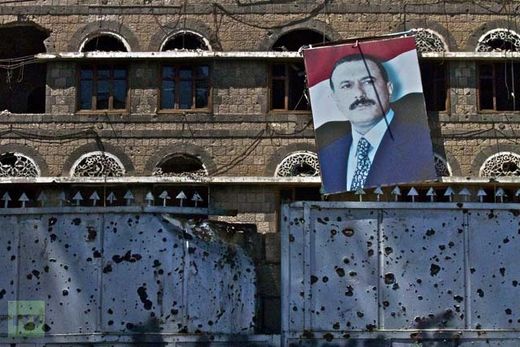
© Nile Bowie A portrait of deposed President Ali Abdullah Saleh hangs from an abandoned government ministry in the Hassaba district in downtown Sana'a.
A year on from the Arab Spring, supposed to usher in a new era for Yemen, for most it is a perilous time. With no clear direction, it is plagued by instability and lawlessness, allowing it to fall prey to further US military expansion.
The unrest brought about by the Arab Spring triggered numerous political transitions throughout the Middle East and North Africa in 2011. In Yemen, the only state in the Arabian Peninsula to have a republican form of government, President Ali Abdullah Saleh was deposed after 33 years in power, and replaced by his deputy, Abd Rabbuh Mansur Hadi.
After nearly a year since this political transition, Yemen continues to face food insecurity, impoverishment and the threat of violent extremism from Al-Qaeda in the Arabian Peninsula (AQAP) and other Islamist militias. Guns are everywhere in the country's capital, Sana'a, and several government ministries are abandoned and riddled with bullet holes. Once frequented by foreign tourists, political instability has left Yemen's rich historical sites abandoned.
In the country's sparsely-populated and oil-rich south, formerly known as the Democratic People's Republic of Yemen, citizens of the once-communist state advocate separatism and independence from unified Yemen.
While many argue that 2011's political transition failed to produce any tangible change in direction, the United States has backed the new administration and continues to implement a program of drone strikes in Yemen's rural areas, despite reports of substantial civilian causalities. While the country continues to be plagued by instability and lawlessness, a cloud of uncertainty hangs over Yemen as Washington eyes to further increase its military presence in the Arab state.
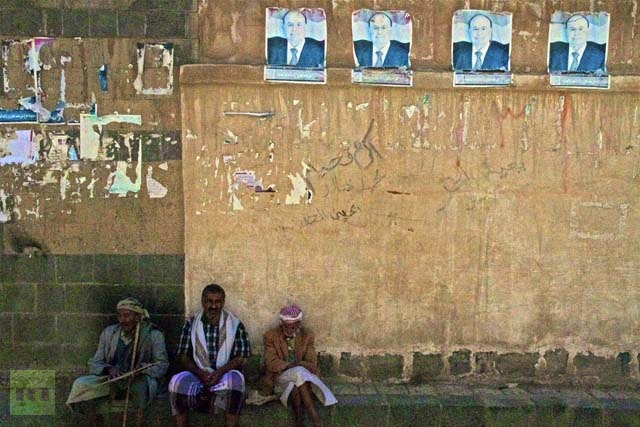
© Nile Bowie Worshipers pass time in an alleyway nearby a mosque in the old city of Sana’a below flyers depicting Yemen’s current President Abd Rabbuh Mansur Al-Hadi.
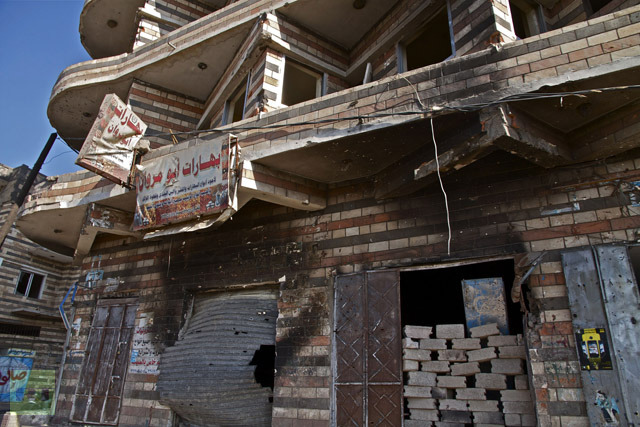
© Nile BowieProperty in downtown Sana’a has been deserted since being damaged in fighting between government forces and tribal militias during 2011’s unrest.
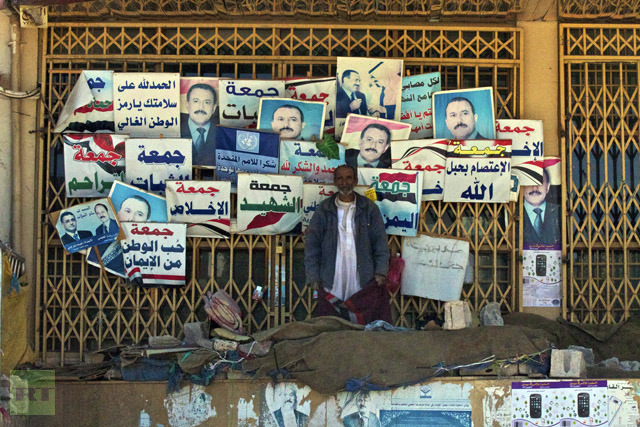
© Nile Bowie Former President Saleh remains a revered figure among many the poor and merchant classes, as his photograph and propaganda can be seen hung in small businesses throughout the capital.
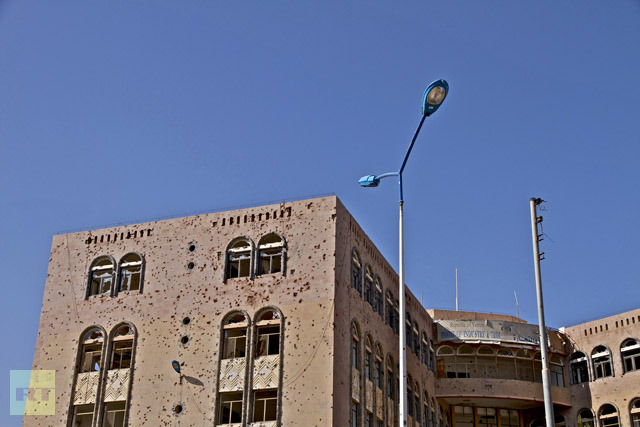
© Nile Bowie Yemen’s derelict Ministry of Industry & Trade in ruins following the Arab Spring.
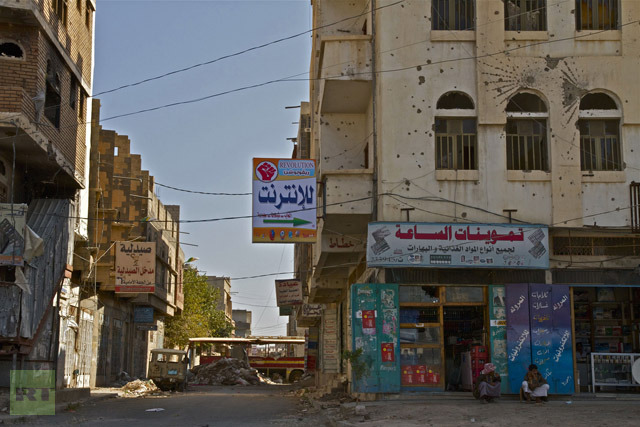
© Nile Bowie Life has returned to normal in inner city communities almost a year after the ouster of President Saleh.
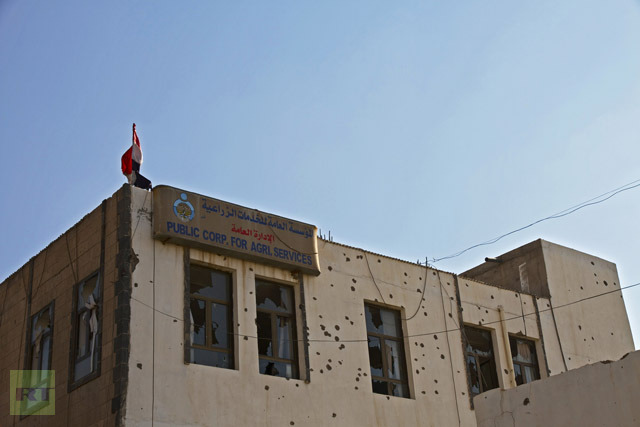
© Nile Bowie The destruction of Yemen’s state-run Public Corporation for Agricultural Services and other institutions like it pose difficult challenges for Yemeni leadership in providing services and steering economic activity.
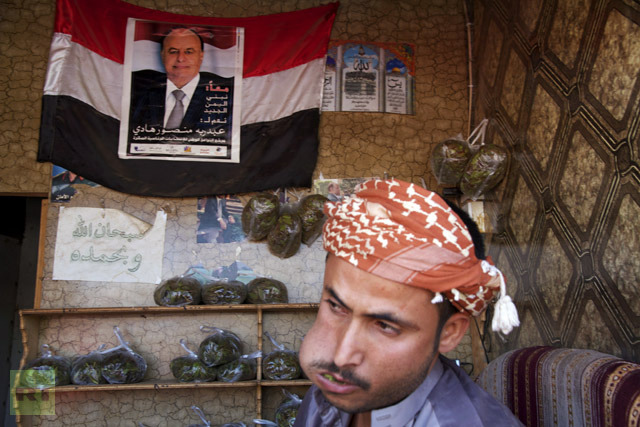
© Nile Bowie The sale of Khat, an amphetamine-like stimulant and appetite suppressant, is the backbone of Yemen’s economy; users often chew leaves until their cheeks become enflamed.
More images available
here.











Reader Comments
to our Newsletter